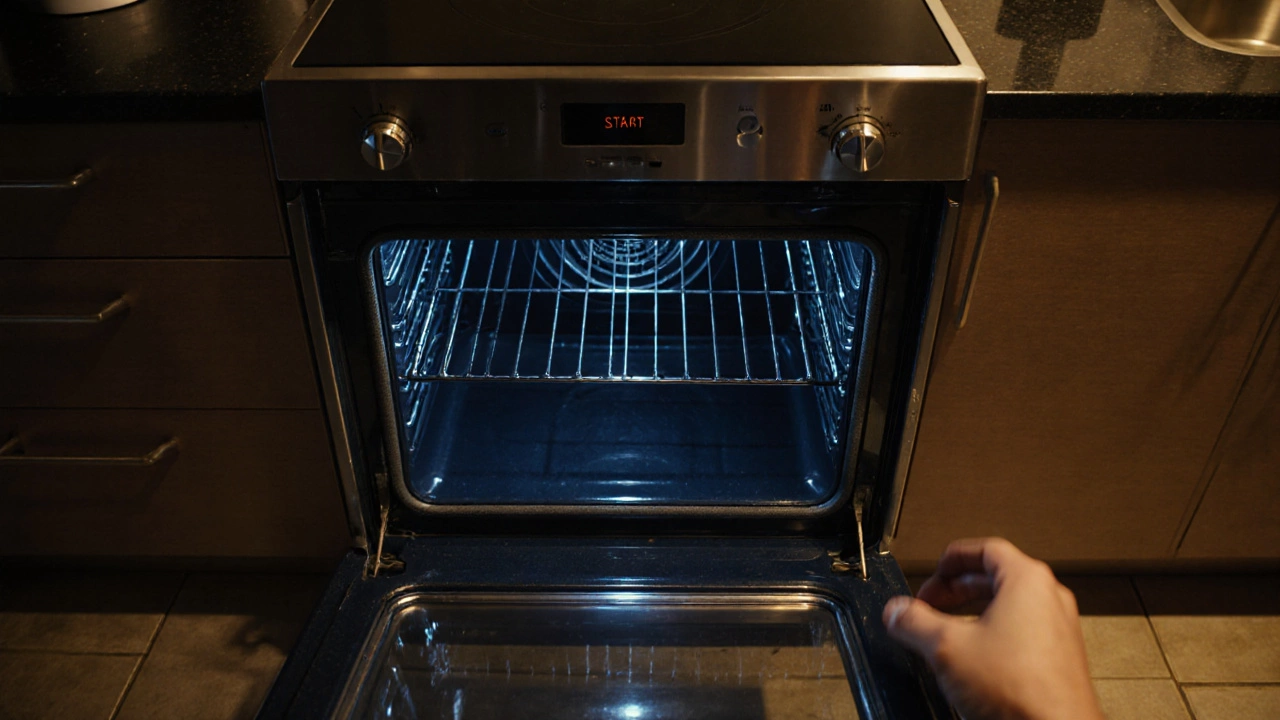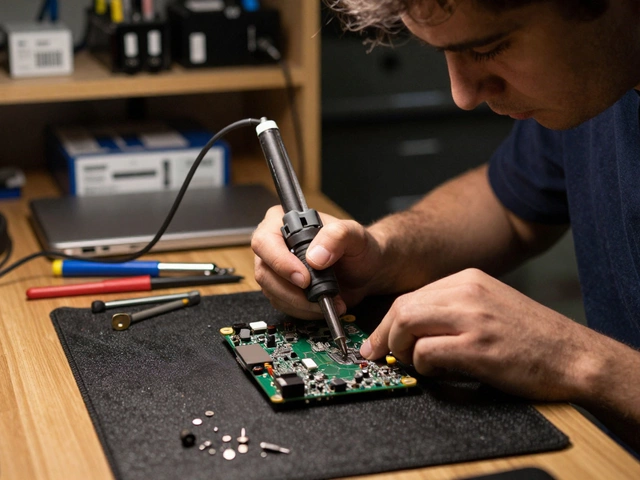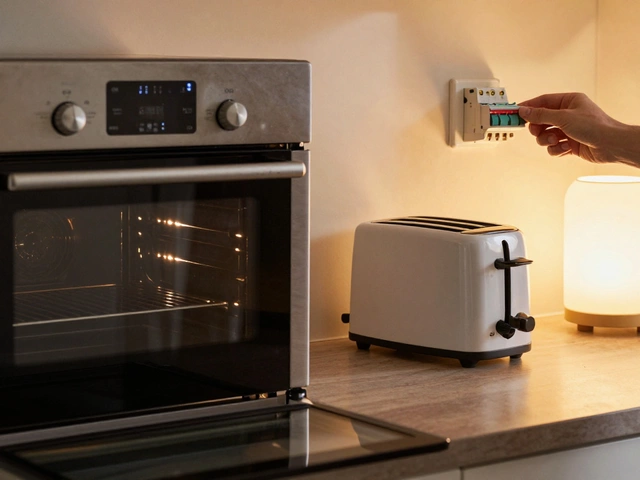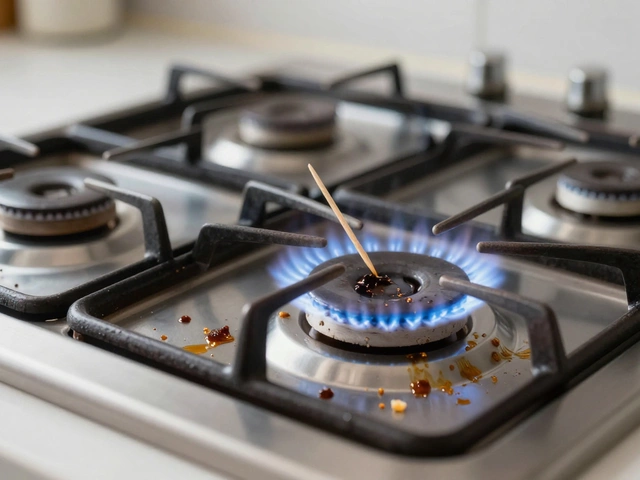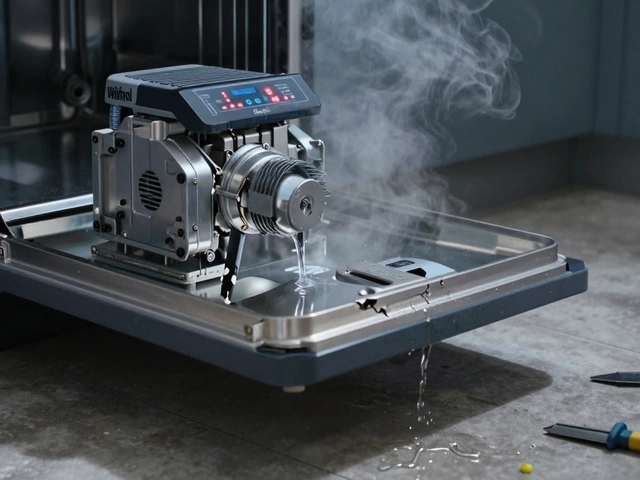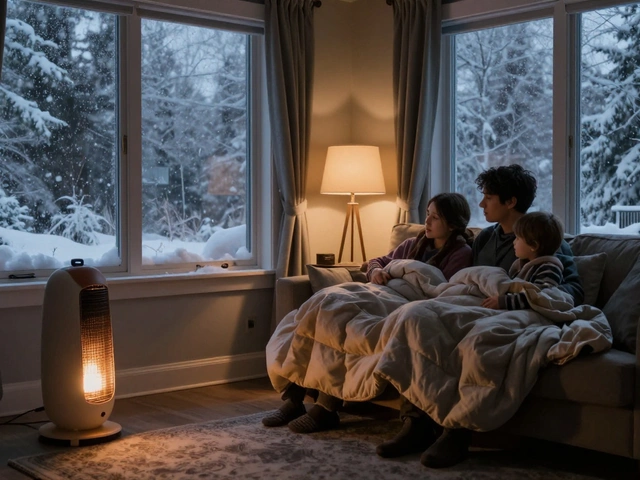Oven Heating Problem Diagnostic Tool
Diagnose Your Oven Issue
Answer the following questions to identify the most likely cause of your oven not heating up.
Your Diagnosis
When you turn the dial, set the timer, and press start, the last thing you want is a cold, silent interior. An oven that refuses to heat up can halt dinner plans, ruin baking projects, and add a frustrating to‑do list to an already busy day. Below you’ll learn the most common reasons an oven won’t heat, how to pinpoint the culprit, and what you can realistically tackle yourself before calling a pro.
Quick Takeaways
- Check the power source first - a tripped breaker or blown fuse kills the heat instantly.
- For electric ovens, the heating element is the most frequent failure point.
- Gas ovens rely on an igniter and thermocouple; if either is weak, the flame won’t stay lit.
- A faulty temperature sensor or thermostat can trick the control board into thinking the oven is already at the set temperature.
- If you spot any burnt wiring, unusual smells, or error codes, stop DIY attempts and call a certified technician.
Common Causes of No Heat
Below is a quick rundown of the usual suspects. Not every oven has every component, but most modern electric and gas models share these basics.
| Symptom | Most Likely Cause | DIY Check |
|---|---|---|
| No heat at all | Power interruption (breaker/fuse) | Reset breaker, test outlet with a lamp |
| Top element works, bottom doesn’t | Burned heating element | Visually inspect for breaks, use multimeter for continuity |
| Flame won’t stay lit (gas) | Weak igniter or thermocouple | Listen for clicking, smell for gas, test igniter voltage |
| Oven displays correct temperature but stays cool | Faulty temperature sensor or thermostat | Check sensor wiring, replace sensor if needed |
| Intermittent heating, random error codes | Control board failure | Inspect for burnt components, reset board |
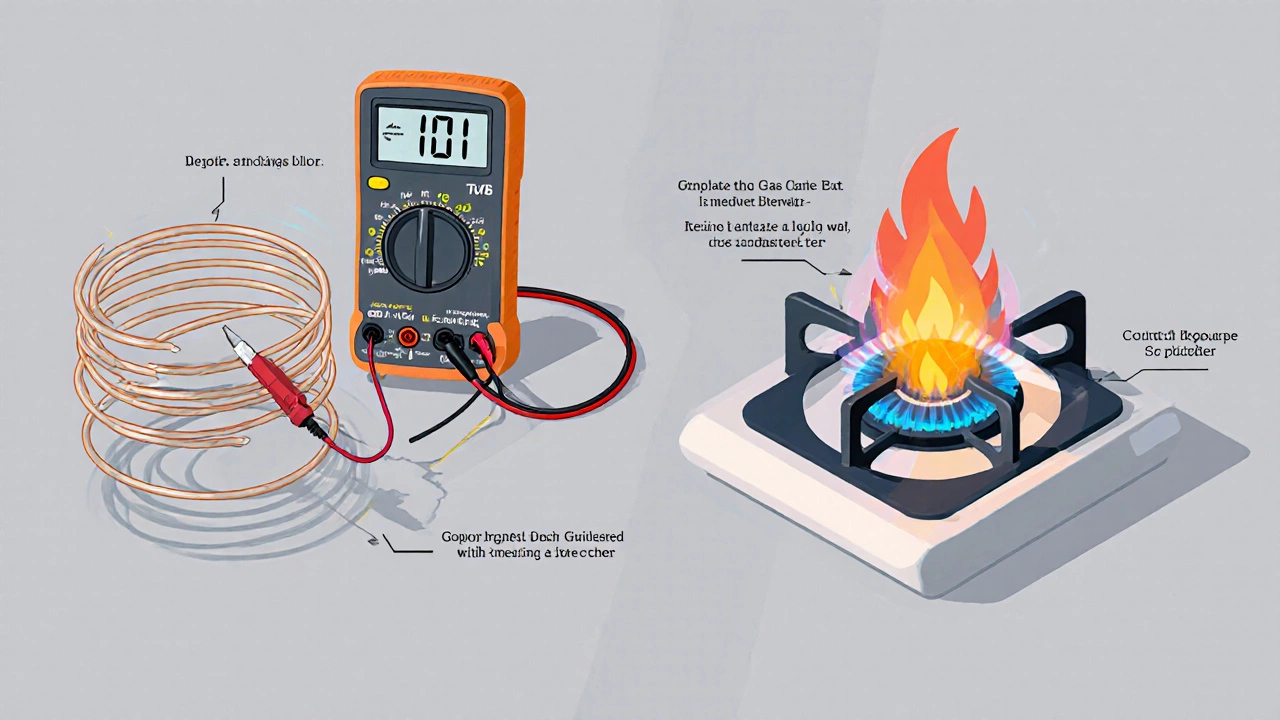
Step‑by‑Step Diagnosis
- Confirm power. Locate your home’s circuit breaker panel. Look for a tripped breaker labeled “oven” or “kitchen.” Flip it off, then back on. If the breaker trips again, you likely have a short circuit - pause DIY and call an electrician.
- Test the outlet. Plug a portable lamp or a voltage tester into the oven’s plug. No voltage means a wiring issue outside the oven.
- Inspect the heating element. Open the oven door and look at the visible coils. Any signs of blistering, breakage, or a grey‑black coating indicate a burnt element. Use a multimeter set to ohms; a good element reads 20‑40Ω. Infinite resistance means it’s broken.
- Check the igniter (gas ovens). Turn the oven to “bake” and listen. A healthy igniter will click several times and glow bright orange. If it stays dim or fails to click, it’s weak. Measure voltage across the igniter terminals - you should see around 120V when the oven calls for heat.
- Examine the thermocouple. Positioned next to the gas burner, the thermocouple generates a small voltage when heated. If the flame goes out as soon as you release the knob, the thermocouple isn’t signaling the gas valve. A quick swap with a known good part confirms the issue.
- Assess the temperature sensor. The sensor is usually a thin metal rod near the oven’s back wall. Test its resistance at room temperature; most sensors read about 1kΩ. Resistance that’s too high or low shows the sensor is faulty.
- Look at the thermostat. In older models, the thermostat is a mechanical dial with a bimetallic strip. Turn it to a high setting and feel if the strip moves. If it sticks, the thermostat won’t signal heat demand.
- Review the control board. This is the “brain” on the oven’s back panel. Burn marks, melted capacitors, or a humming sound can indicate failure. Reset the board by unplugging the oven for five minutes, then plugging it back in.
When to DIY and When to Call a Pro
Most homeowners feel comfortable swapping out a heating element, sensor, or igniter. These parts usually cost between $30 and $100 and come with basic instructions. However, if you encounter any of the following, it’s time to call a qualified service technician:
- Repeated breaker trips or blown fuses.
- Visible burnt wiring or scorch marks on the internal panel.
- Control board replacement - these involve delicate soldering and firmware.
- Gas line inspection - any leak risk demands professional handling.
Safe practices: always disconnect power (unplug or turn off the breaker) before opening the oven. For gas ovens, shut off the gas supply valve located behind the appliance.
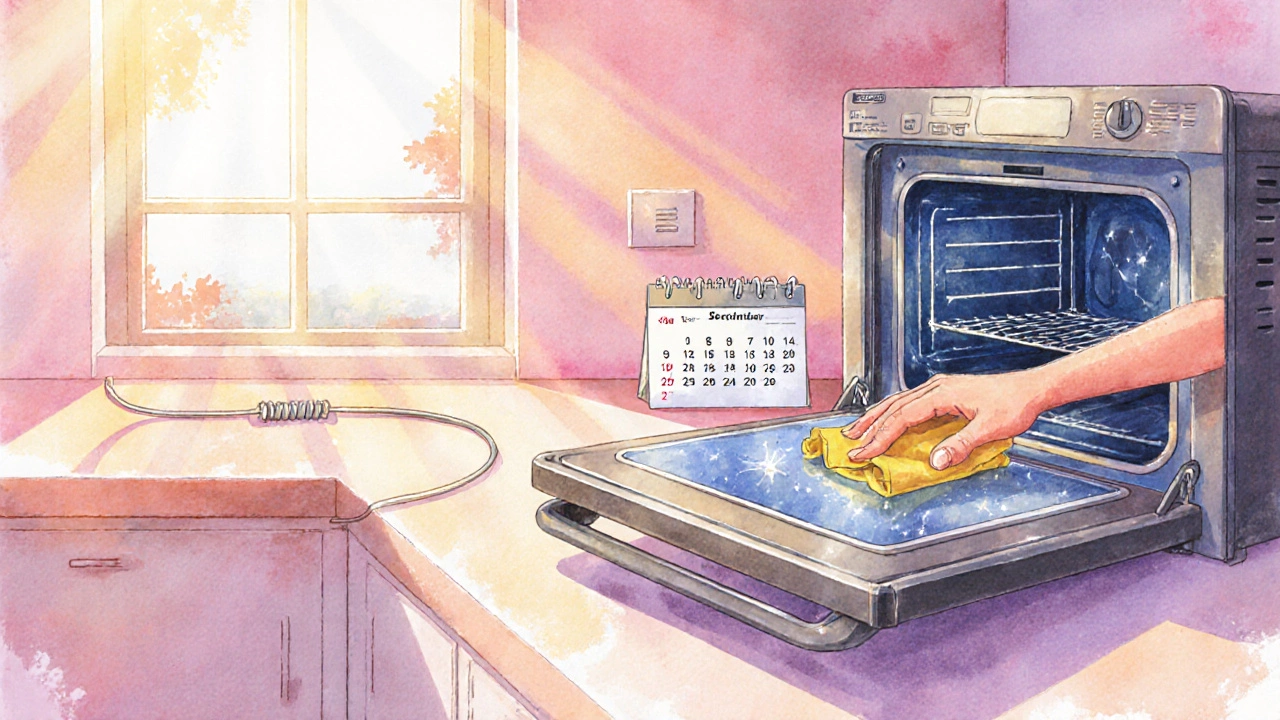
Prevention Tips to Keep Your Oven Heating Properly
- Keep the interior clean. Spilled food can coat the element and cause hot spots.
- Avoid slamming the oven door; the door switch can wear out and stop the heating cycle.
- Run a quick self‑clean cycle every few months if your model has one - it burns off residue that could affect sensor readings.
- Check the power cord for fraying, especially if you move the oven often.
- Schedule a professional check‑up annually if the oven is more than ten years old.
Frequently Asked Questions
Why does my oven heat up but the temperature is wrong?
A mismatched temperature usually points to a faulty temperature sensor or an out‑of‑calibration thermostat. The sensor sends the actual oven temperature back to the control board; if it reads too low, the board thinks the oven is colder than it is and adds extra heat, overshooting the set point.
Can a blown fuse make my oven completely dead?
Yes. Most ovens have a thermal fuse that protects the heating element from overheating. If the fuse blows, power to the element stops, and the oven may appear dead. Replacing the fuse restores heat, but you should investigate why it blew - often a stuck element or poor ventilation.
My gas oven lights but the flame goes out after a few seconds. What’s wrong?
A weak igniter or a faulty thermocouple is the usual culprit. The igniter must stay hot long enough for the gas valve to stay open. If the thermocouple isn’t generating enough voltage, it tells the valve to shut off, cutting the flame.
Is it safe to replace an electric heating element myself?
If you’re comfortable working with electricity and have the right tools (multimeter, screwdriver set), it’s a straightforward swap. Always disconnect the oven from power, label the wires, and follow the manufacturer’s wiring diagram. If the element is hard‑to‑reach or you notice cracked wiring, let a professional handle it.
Why does my oven beep but never get hot?
The beep usually signals that the control board has detected a fault - often a missing or faulty sensor, a broken element, or a communication error. The board prevents heating to avoid damage, so you’ll need to run a diagnostic code (found in the user manual) or call a technician.
